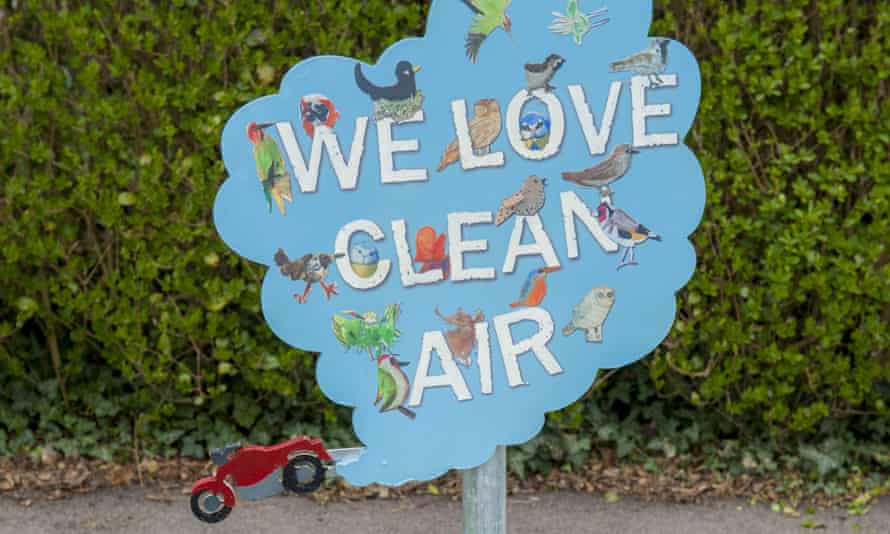Pollutionwatch: how a narrow focus on air pollution limits can backfire
There are calls for the UK to adopt WHO guidelines as legal limits, but a new approach may be needed

The environment bill is due to return to parliament in the autumn, providing an opportunity to redesign our pollution laws for the 21st century. The British Medical Association, more than 20 nursing colleges, the Lancet and the British Medical Journal have added their voices to those calling for tighter air pollution limits in the bill, to match the current World Health Organization (WHO) guidelines. This year a coroner’s report on the death of nine-year-old Ella Kissi-Debrah also called on the government to adopt the WHO guidelines as legal limits.
Legal limits on poor air were first set across the UK and Europe in the 1980s. But we now know there is no safe threshold to use as a legal limit. This was the conclusion from two recent studies that looked at the health records of 61 million people in the US and nearly 9 million Canadians, and two studies that researched daily changes in air pollution and the health of people in cities around the globe, one looking at 652 cities and the other at 398.
In fact, a narrow focus on limits can have undesired outcomes. Clean-up efforts become focused on the most polluted hotspots rather than the places where the most people are exposed. Rather than being a minimum standard, they also become a ceiling to pollute up to. For example, professional guidance for UK local planning creates barriers to new pollution sources in areas that do not meet legal limits, but makes it much easier to add air pollution in places where legal limits are met.
So, accepting that there is no safe threshold requires a new approach. In Canada, government guidance says locations that meet limits should adopt a process of “continuous improvement” and “keep clean areas clean”. Another approach would follow the Swedish idea of “vision zero”. Starting in road safety, vision zero says the only acceptable death toll should be zero. Air pollution harm would be designed out of our environment at every opportunity, with each new building or road layout, for example. Other research points to lifelong impacts from the air pollution that we breathe when we are young. This should focus efforts on improving the air around schools and where young people are exposed.
Meeting current WHO guidelines in the UK would reduce the health impacts of air pollution, but new evidence suggests that we also need to go further and focus on continually improving air pollution for all communities, especially the young.